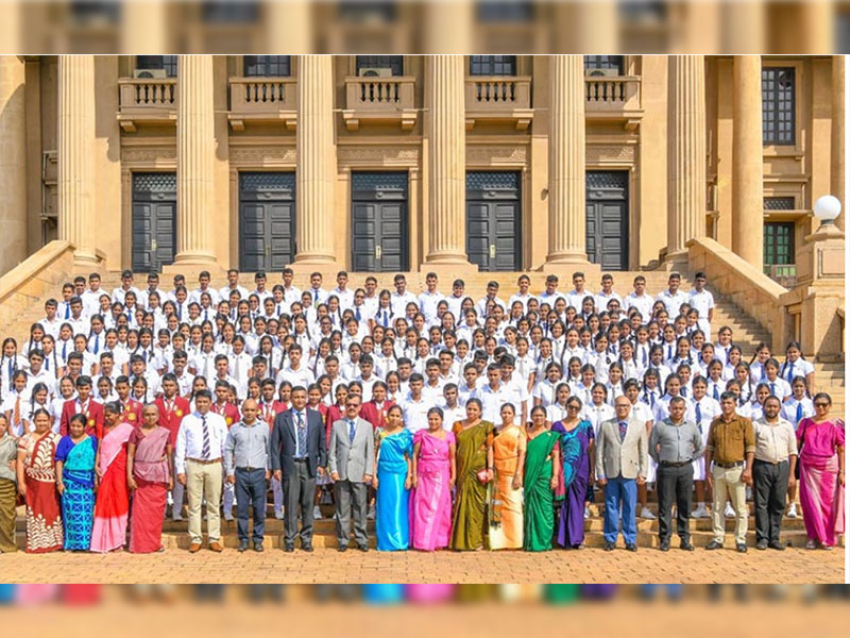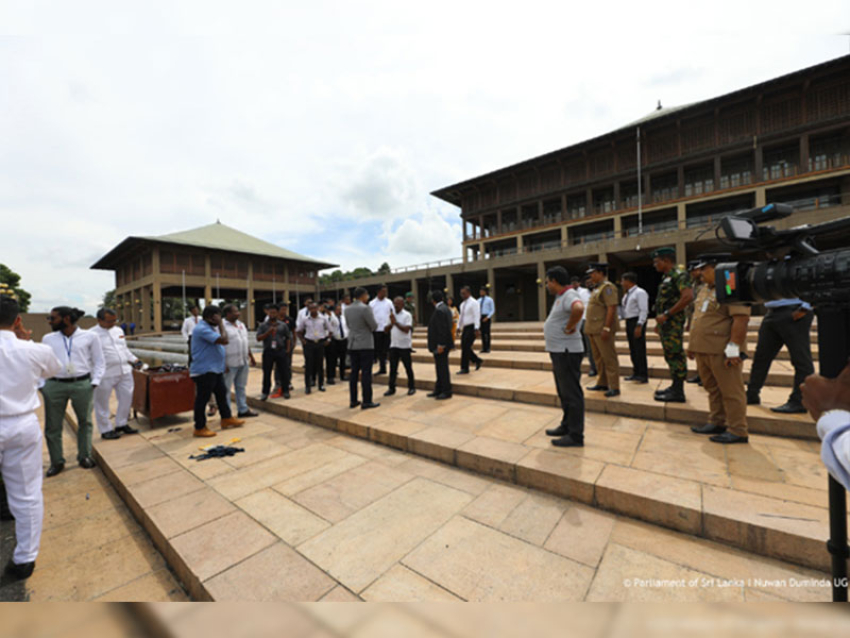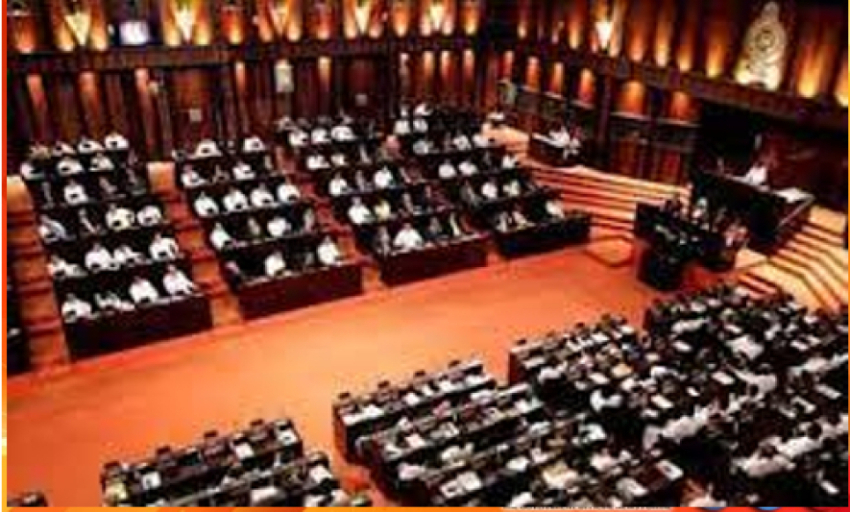More than 100 people have died due to flooding caused by heavy rains in the Indian states of Uttar Pradesh and Bihar, officials have said.Dramatic images of the impact of flood water on urban life have been coming out of the affected areas.Railway traffic, vehicular movement, healthcare services, schools and power supply have been disrupted in both states, officials said.An Uttar Pradesh government report said 93 people have died since Thursday.In eastern Uttar Pradesh, flooding caused officials to relocate more than 500 prisoners from the Ballia district jail to other prisons after water entered three buildings.The Additional District Magistrate told reporters that officials were awaiting permission to move all of the prison's 850 inmates to Azamgarh jail, which is about 120km (74 miles) away.The death toll in Bihar is 29, according to the state disaster management authority. The impact on its main city, Patna, has been grabbing headlines.Satellite images from 20 September and 29 September show the extent of the flooding as the Ganges river overflowed due to the torrential rains in the region.A video of a man struggling to pull his cycle-rickshaw out of flood water has been circulated widely on social media.In it, the man filming the video can be heard consoling the visibly upset rickshaw puller - he suggests that the man leave the vehicle where it is and return for it after the flood waters recede. He and a woman, who can be heard in the background, offer to keep an eye on it for the rickshaw puller from their spot on the balcony.The state's Deputy Chief Minister Sushil Modi was on Monday rescued from his residence, the ANI news agency reported.Mr Modi and his family were evacuated from their flooded home by disaster relief personnel.The city has been deluged with rain since Friday, submerging many residential areas. People are navigating the main roads - which are dotted with abandoned and partially submerged vehicles - by boat.The PTI news agency quoted an official as saying that the amount of rain the city received was "completely unexpected".In many parts, the rain water has mixed with overflowing sewage, and the dirty water has entered several homes, according to reports.
The condition of the water is very bad - the condition of Varanasi is very bad. Drainage arrangements have gone very bad," one local in the northern city of Varanasi told Reuters news.Officials have said the area received an 'unexpected amount of rain'
The state government has asked the Indian Air Force for helicopters and machines to pump out water.
Monsoon floods displace millions in India
More than three million people have been displaced across north and north-eastern India amid monsoon rain that has cost lives and destroyed homes.Storms and floods have ripped through areas of Nepal, Bangladesh and India, killing more than 130 people.At least 67 people lost their lives in Nepal in torrential rains, police there said on Monday.Thirty people were reported missing while 38 were injured, Nepalese police added.Heavy rains also caused deaths in Bangladesh, including in overcrowded Rohingya refugee camps. More bad weather is expected in the coming days.Is India's weather becoming more extreme?The Brahmaputra River, which flows through India, Bangladesh and China, burst its banks, swamping more than 1,800 villages in India's north-east Assam state, Reuters reported on Monday.Almost 2 million have been displaced in the northern Indian state of Bihar due to rising flood waters, the government said. More than 1.7 million people in Assam fled their homes.At least 29 people died in Bangladesh in the past week, including 18 hit by lightning and seven who drowned when their boat sank in the Bay of Bengal.
Cox's Bazar in Bangladesh - where more than a million Rohingya refugees are encamped after fleeing a military crackdown in Myanmar - has been hit by at least 58.5cm (23 inches) of rain this month, according to the country's meteorological department on Sunday.Rohingya refugees battle monsoon floods and landslidesHundreds of landslides since April have killed at least 10 people in the camps, including two Rohingya children in the past week.
The monsoon season lasts from June to September and wreaks havoc across South Asia every year. More than 1,200 people died in the region amid storms and landslides last year, when India's Kerala faced its worst floods in nearly a century.
Mumbai rains: Is India's weather becoming more extreme?
With unusually severe rainfall in India's financial capital Mumbai over the past few weeks, and severe drought conditions elsewhere in the country, questions are being raised about whether these extreme events are becoming more common.Reality Check has had a look at the available data for floods and drought over time to see if any patterns are emerging.First, the rainfallIndia relies on the heavy rains of the annual monsoon season for most of its water needs.The rains arrive in different parts of the country at different times and, if they are early or late, with devastating consequences for farmers. If they are unusually heavy, built-up areas can face severe disruption.In recent days, Mumbai has been particularly badly affected, with at least 30 flood-related deaths, and the city's top civic official says its infrastructure has not been able to cope with the erratic rainfall patterns.
Looking at the annual data from the 36 weather stations that monitor monsoon rainfall across the country, no clear pattern emerges.Yes, the rainfall levels are unpredictable and erratic, but figures since 2002 show no indication of an increase in the extremes of monsoon rainfall.A UN report has estimated that in the decade 2006 to 2015 there were 90 severe floods with the loss of almost 16,000 lives. In the previous decade there were 67 floods with the loss of around 13,600 lives.While there was an increase, this does not indicate a major change in the frequency of flooding over the two decades.While Mumbai has experienced heavy rains and flooding, much of the country has been experiencing very dry weather.The south-eastern city of Chennai has suffered from severe water shortages because of delayed rains.There has also been a recent heatwave across India, with temperatures crossing 45C in several regions in June.Overall, more than 44% of land across India is estimated to be under drought - 10% more than last year.So, are there patterns we can see from looking at the temperature data over time in India?A heatwave is declared when temperatures reach at least 4.5C above an area's normal temperature for two days.From 1980 to 1999, there were 213 heatwaves.Between 2000 and 2018, roughly the same time interval, there were 1,400.Also of note is the very noticeable jump in extremes of heat and cold for 2017 and 2018.But the outlook for extreme weather conditions in the longer term is not encouraging.A study carried out by an international team of researchers has predicted that by 2100, about 70% of India's population is likely to face threats from extreme heat and humidity driven by global warming.
Mumbai is a good example of the problems faced by urban planners in dealing with the annual monsoon rains.When, in 2005, at least 900 died in floods in Mumbai, a decision was made to build eight stations to pump out water. Two of them are yet to be built.Large parts of the city are built on land reclaimed from the sea and many blame poor planning and rapid construction for the annual rain chaos.Mumbai's centuries-old storm drains discharge rainwater through outfalls into the sea and the city's Mithi river, but these outfalls get blocked when high tides coincide with heavy rain.Their capacity is also affected by silting and dumping of solid waste.A plan to revamp the city's drains began back in 1993, but critics say not enough has been done.




















